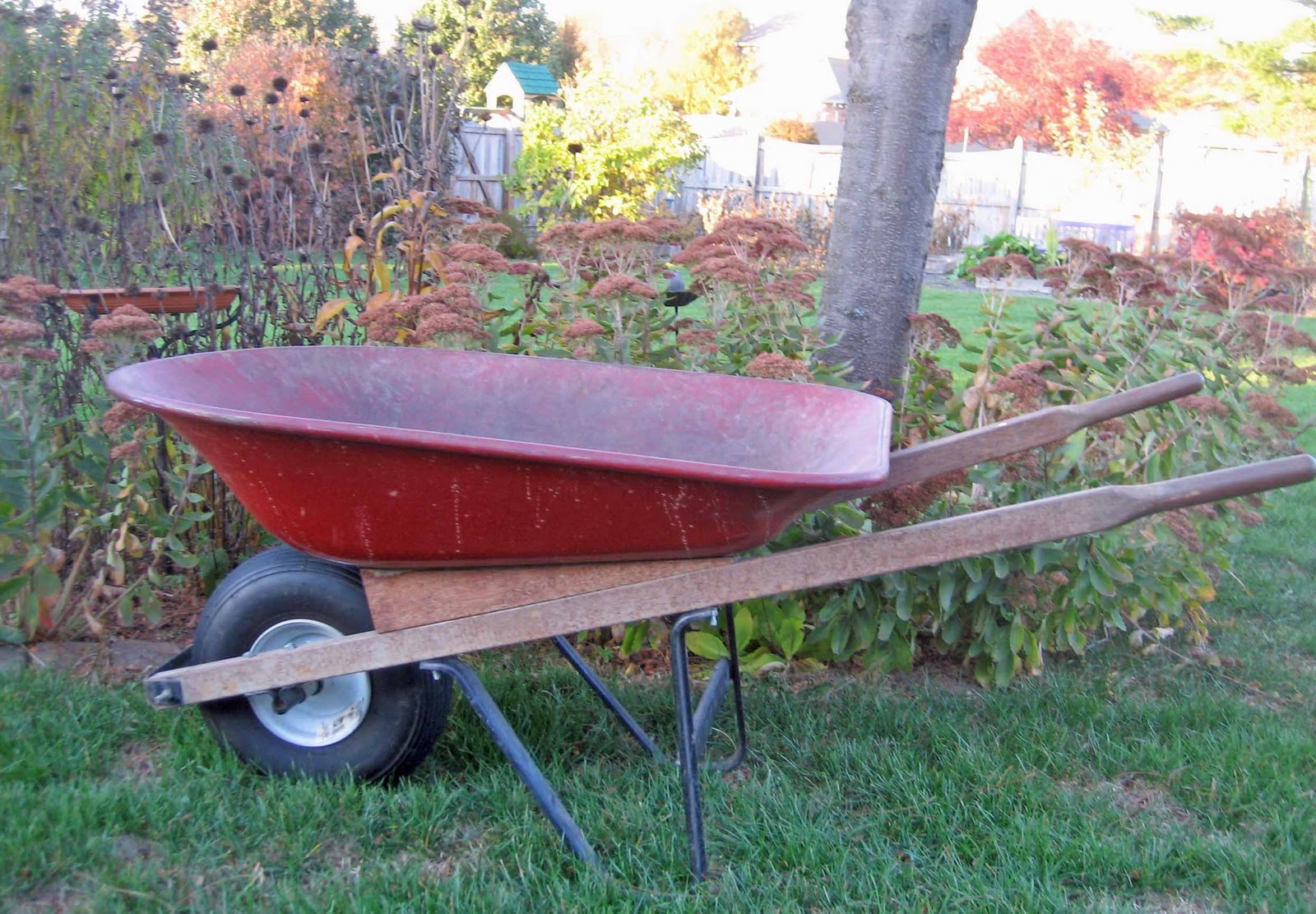The Red Wheelbarrow: A Deep Dive Into A Poetic Icon
The Red Wheelbarrow is not just a simple object; it embodies a rich tapestry of meaning and reflection that resonates deeply in the world of literature and art. This poem, penned by the esteemed American poet William Carlos Williams, offers profound insights into everyday life and the beauty found in simplicity. In this article, we will explore the intricacies of "The Red Wheelbarrow," examining its themes, significance, and the impact it has had on both poetry and culture.
In the following sections, we will dissect the poem line by line, uncovering the layers of meaning woven into its seemingly straightforward language. We will also delve into the biography of William Carlos Williams, illuminating the context in which the poem was created. Moreover, this article aims to enrich your understanding of art and literature by emphasizing the importance of perspective and observation in our daily lives.
By the end of this exploration, readers will not only appreciate "The Red Wheelbarrow" as a piece of art but also as a reflection of human experience. Let's embark on this journey together and discover the deeper meanings behind this iconic poem.
Table of Contents
- Biography of William Carlos Williams
- Analysis of The Red Wheelbarrow
- Themes in The Red Wheelbarrow
- Cultural Impact of The Red Wheelbarrow
- Different Interpretations
- Conclusion
Biography of William Carlos Williams
William Carlos Williams was born on September 17, 1883, in Rutherford, New Jersey. He was not only a poet but also a physician, which greatly influenced his perspective on life and art. His commitment to capturing the essence of American life is evident in his poetry, particularly in works like "The Red Wheelbarrow." Below is a brief overview of his life and work.
| Data Pribadi | Detail |
|---|---|
| Nama Lengkap | William Carlos Williams |
| Tanggal Lahir | September 17, 1883 |
| Tempat Lahir | Rutherford, New Jersey |
| Pekerjaan | Dokter, Penyair |
| Tanggal Meninggal | Maret 4, 1963 |
Analysis of The Red Wheelbarrow
"The Red Wheelbarrow" is a short poem consisting of only eight lines. Its simplicity is deceiving, as each word is carefully chosen to evoke imagery and emotion. The poem reads:
so much depends
upon
a red wheel
barrow
glazed with rain
water
beside the white
chickens.
Structure and Form
The poem is written in free verse, a hallmark of Williams' style. The absence of a strict rhyme scheme or meter allows for a natural flow of thought. The use of enjambment creates a sense of continuity, drawing the reader through the lines.
Imagery and Symbolism
Williams masterfully employs vivid imagery to paint a picture in the reader's mind. The "red wheelbarrow" symbolizes labor, utility, and the rural American landscape. The juxtaposition of "glazed with rain water" against the vibrant color of the wheelbarrow suggests a moment of stillness and reflection amid the busyness of life. The presence of "white chickens" adds a pastoral element, grounding the poem in a specific setting.
Themes in The Red Wheelbarrow
The poem encapsulates several themes that resonate deeply with readers. Here are a few key themes explored in "The Red Wheelbarrow":
- Dependence on the Ordinary: The opening line, "so much depends," emphasizes the significance of everyday objects in our lives.
- Beauty in Simplicity: Williams highlights the beauty found in mundane, everyday items.
- Nature and Rural Life: The poem reflects a connection to nature and the simplicity of rural existence.
Cultural Impact of The Red Wheelbarrow
The influence of "The Red Wheelbarrow" extends beyond poetry into various aspects of culture and art. It has inspired countless artists, writers, and musicians, becoming a symbol of modernist poetry's break from traditional forms.
Influence on Modern Poetry
This poem is often cited as a pivotal work in modernist literature, encouraging poets to explore new forms and styles. Williams’ focus on everyday life paved the way for the confessional and imagist movements that followed.
The Red Wheelbarrow in Popular Culture
Various adaptations of the poem have appeared in visual art, music, and literature, showcasing its enduring relevance. Its imagery continues to resonate, inspiring reinterpretations across creative fields.
Different Interpretations
Readers often find personal meanings in "The Red Wheelbarrow," leading to diverse interpretations. Here are a few notable perspectives:
- Existential Reflection: Some view the wheelbarrow as a metaphor for human existence, suggesting that our lives depend on seemingly trivial things.
- Rural Identity: Others interpret the poem as a celebration of rural life and the hard work that comes with it.
Conclusion
In conclusion, "The Red Wheelbarrow" by William Carlos Williams is a masterful exploration of the everyday and the extraordinary. Through its vivid imagery and simple language, the poem invites us to reflect on the beauty of the ordinary and the significance of our surroundings. We encourage readers to delve deeper into the world of poetry and discover the myriad interpretations that await. Feel free to leave your thoughts in the comments below or share this article with fellow poetry enthusiasts.
Call to Action
If you enjoyed this exploration of "The Red Wheelbarrow," consider checking out other articles on our site that delve into the works of great poets and their significance in modern literature. Your engagement helps us grow and continue providing insightful content.
Final Thoughts
Thank you for joining us on this journey through "The Red Wheelbarrow." We hope to see you back on our site for more enriching discussions and explorations of literature and art.
Article Recommendations
- Lostgolfballs
- Fwd
- New York State Education
- Flippin Jacks Ames
- Hannibal Mo
- Bobby Charlton
- Squealers Restaurant
- Csun Registration
- Mingus Lucien Reedus
- Holiday Inn Express Pcb


